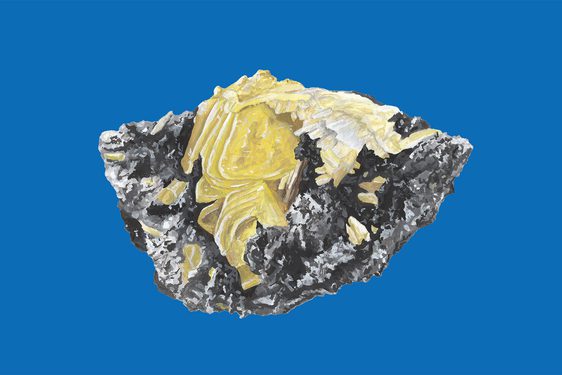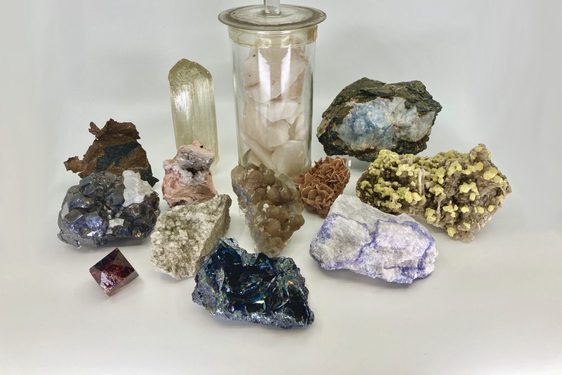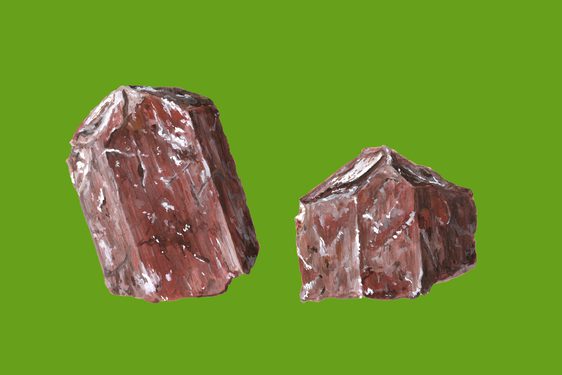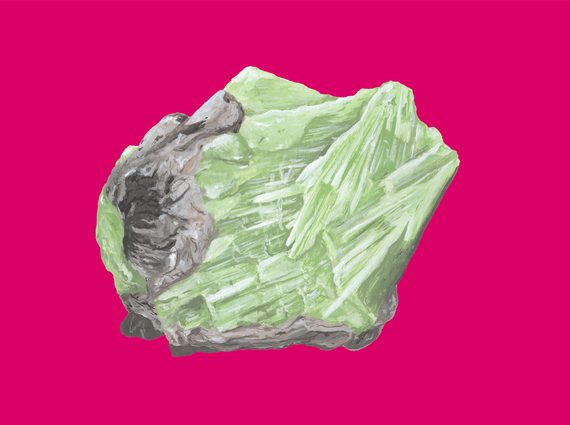
The discovery of the mineral strontianite
News Story
How did mining lead ore result in a tiny village in Argyll giving its name not only to a mineral, but also a chemical element?
Strontianite is a strontium carbonate with the chemical formula SrCO₃. It is an important source of the element strontium but it is a relatively rare mineral. Unlike other minerals like pentlandite, strontianite has a much more straightforward history.
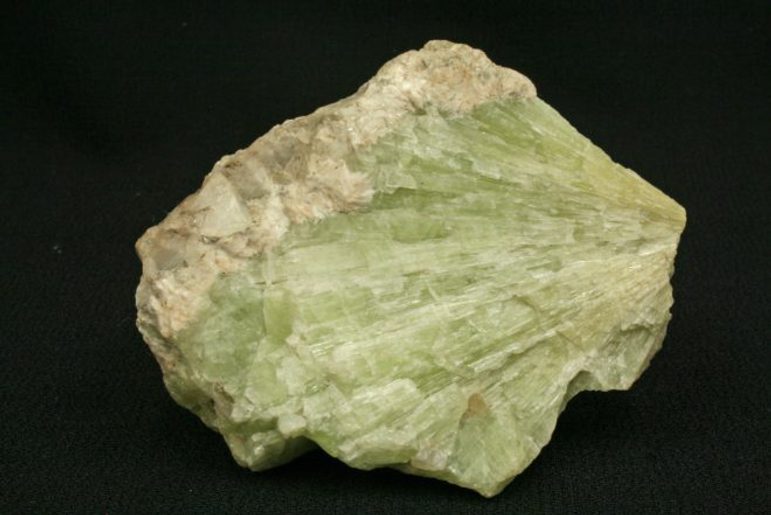
The mineral is named after the village of Strontian, situated on Loch Sunart at the base of the Ardnamurchan Peninsula in Argyll. The name Strontian derives from the Gaelic Sròn an t-Sìthein or 'the point (promontory) of the fairy hill'. The hill itself lies just to the east of the village. The village doesn't have a long history, but the Peninsula has a long timeline of settlement. Picts, Scots, and Vikings settled there, and St Columba visited the area in the 6th century.
In 1722, galena (lead ore) veins were discovered in the hills above the present-day village. The landowner, Sir Alexander Murray, initiated what was to become 250 years of mining in the area. The mines were remote and relatively inaccessible, which led to the establishment of the village of Strontian. Miners and their families lived there, and it provided somewhere to process and ship the ore from.

Although lead was the main target of the mining operations, other minerals were also found. A pale green to brown mineral was discovered. This was a time when many new minerals started to be identified and named by scientists across Europe. The German scientist Friedrich Gabriel Sulzer of Göttingen was the first to describe and name the mineral strontianit in 1791.
The village of Strontian also gives its name to the element strontium. At the end of the 1780s, Dr Adair Crawford and Mr William Cruikshank were experimenting with material from Strontian. They became aware that this material was behaving differently from what they expected. After experimenting further, they concluded that this material must contain a new earth (element) and published the data in a paper in 1790. Finally, in 1808, the element was isolated and named strontium by Sir Humphrey Davy.
Strontian is the smallest (by population) habitation in the world to have an element named after it.
